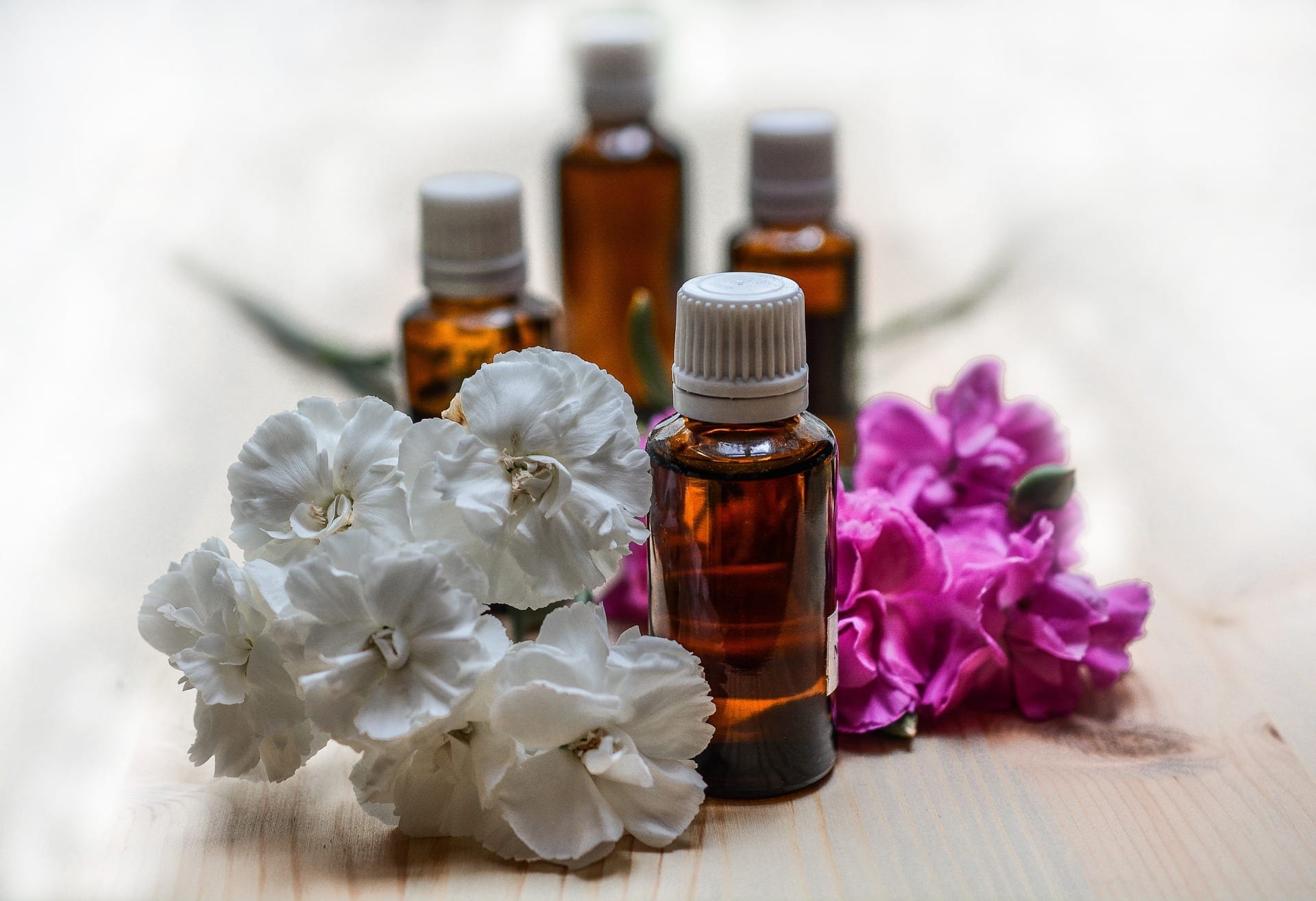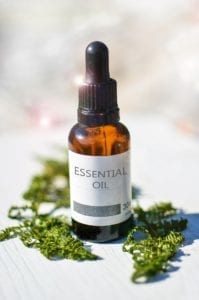Certain topics have been avoided among friends throughout history because of their controversial nature. Religion and politics are among these divisive subjects. However, more recently other subjects have divided friends and family including car brands and sports teams. There are also divisive subjects among essential oil enthusiasts, including choice of essential oil brand and whether or not it is safe to ingest essential oils. Regarding the latter, you have an entrenched group of traditionalists that want to maintain the status quo and a growing group of progressives that advocate oral ingestion. Blog posts and articles — on both sides — fuel the fire of this discordant debate. All of this leads to a great deal of confusion for the consumer who just wants to enjoy the benefits of essential oils.
So, with all the conflicting information and the drama associated with the topic of ingesting essential oils what is the average consumer supposed to do? The purpose of this article is not to add fuel to the debate, but to provide an evidence-based perspective based on current scientific research.
Misguided Convictions, Proper Training, and Control
First of all, I respectfully submit that some of the traditionalists are misguided in their convictions against essential oil ingestion. For some, it is a case of continuing to do what they’ve always done. Change is difficult. Humans, in general, don’t like change and prefer what they are familiar with. Others have only received training from an “approved” school that doesn’t teach ingestion methods. These aromatherapists have not received the proper training to teach the ingestion method and therefore are not qualified to do so. Another group just wants to maintain control of aromatherapy. If individuals are empowered with the correct information they can use essential oils safely without resorting to an appointment with a certified aromatherapist. I understand this completely. They want to protect their bread and butter — their revenue stream. I tend to prefer empowerment. A knowledgeable essential oil user, empowered with the right knowledge, can realize better health naturally and safely.
Oral Administration in the Scholarly Research
I was recently invited to contribute a chapter — along with my colleague and friend Dr. Joshua Plant — on essential oils to a forthcoming medical textbook Nutrition and Integrative Medicine: A Primer for Clinicians. As part of this chapter, I completed a literature review of clinical studies that administered essential oils orally. A significant range of doses was used in the dozens of clinical studies I located depending on the purpose and the essential oil used. Doses ranged from 50 mcL to 3 mL daily. These studies safely administered essential oils orally with few, if any, adverse events. It is clear that members of the scientific community accept the oral administration of essential oils and recognize it is a valuable administration method.
Examples of doses used in clinical studies or recommended in pharmacopeias:
- Lavender (name brand Silexan): 80mg, once or twice daily <Multiple Clinical Studies> Note: Oral administration of 160mg of lavender increases serum linalool levels, but not linalyl acetate; with a half life of 4 hours after acute administration and 9 hours after 11 days of repeated oral ingestion.
- Peppermint (name brand Colpermin): 0.2mL (187 mg), before each meal <Multiple Clinical Studies>
- Rose: 5mg/kg body weight in children aged 3 to 13 years <Clinical Study>
- Rosemary CT 1,8-cineole: 1mL, every 8 hours for 44 weeks <Clinical Study>
- Anise: 200mg, three times daily <Clinical Study>
- Eucalyptus: 100-200mg, 2 to 5 times daily <European Medicines Agency>
- Turmeric: Phase I safety trial administered 0.2mL in capsules, 2 times daily for one month; followed by 1 mL daily in divided doses <Clinical Study>
- Lemongrass: 140 mg/day to improved cholesterol profiles <Clinical Study>
- Copaiba resin volatile fraction: 1-7 drops, three times daily for psoriasis <Clinical Study>
- Oregano: 0.8mL twice daily, for ten days <Clinical Study>
- Garlic: 10mg, five times daily <Clinical Study>
- Limonene: 1000 mg of isolated limonene in a capsule every other day for heartburn <Proprietary/unpublished research>
Our Body is Regularly Exposed to Essential Oil Constituents
Another aspect of this debate is whether our body is used to processing the constituents found within essential oils. Here are some of the constituents are body commonly encounters and is used to processing:
- Limonene is a common essential oil constituent and found in citrus fruits (including their juice), carrots, baked goods, beverages, chewing gum and more. Indeed, orange juice contains a number of volatile constituents, with limonene being the most abundant at 376 to 741 mcg/mL.(1)
- Linalool is found in coriander, rosewood, and lavender essential oils to name a few, but it is also present in apricots, papayas, and cranberries. Linalool is the most abundant volatile constituent in papaya fruits.(2)
- Alpha-terpineol is another alcohol present in several essential oils (distilled lime, neroli, clary sage, cajeput, palo santo, etc.), but also found in cranberry juice.(3)
- Eugenol is an abundant compound of clove bud and other spicy essential oils but also found in common foods such as coffee, mung beans, peaches, and bananas. Eugenol gives coffee its woody aroma.(4)
- Even methyl salicylate (the dominant compound of wintergreen and birch essential oils) is found in tomatoes, peaches, and bilberries.(5)
- West Indian lemongrass, rosemary CT myrcene, juniper berry, and blue spruce all have myrcene present in good to significant levels. Myrcene is considered the major constituent responsible for the “green hop aroma” of beer.
It is abundantly clear that we are exposed to, and our body is used to, processing very small amounts of essential oil constituents. Indeed, as Supercritical Essential Oils reports, many of these compounds have demonstrated significant beneficial properties.
The Unconvincing Argument Against Ingestion
It is also interesting that Robert Tisserand is the most commonly cited expert by traditionalists to support their anti-ingestion stance. This is despite the fact that he has been quoted in more than one article that he is not against oral administration. He believes — as do I — that a greater level of knowledge is required to ingest essential oils. His book Essential Oil Safety even lists oral dosage recommendations (“Maximum adult daily oral dose”) for many essential oils.
Other groups opposed to the ingestion of essential oils share documents filled with adverse reactions allegedly caused by essential oils. Self-reported adverse reactions are hardly credible due to bias, untrained diagnoses, and lack of complete information (concomitant use of other supplements or drugs, the health status of the individual, etc.). In reality, these reports equal a statistically insignificant number of adverse events compared to the number of people who regularly ingest essential oils.
The Evidence-Based Conclusion
It is time for the traditionalists to embrace the future of essential oils and stop ignoring the ever-increasing evidence that essential oils are not only safe to ingest but provide a potential not attainable through inhalation and topical application in some cases. Long-established organizations should modify outdated policies and stances against this practice and encourage schools and certification programs to adapt their curriculum to teach the proper way to ingest essential oils. If you are looking for a program that already teaches these guidelines, I invite you to check out my comprehensive essential oil certification program.
For more information on other aspects of this debate, including empowerment vs. control, potential, knowledge, and comfort level, see my additional blog post here.
References
(1) Dagulo L, Danyluk MD, Spann TM, et al. Chemical characterization of orange juice from trees infected with citrus greening (Huanglongbing). Food Chem. 2010;75(2):C199-C207.
(2) Flath RA. Volatile components of papaya (Carica papaya L. Solo variety). J Agric Food Chem. 1977;25(1):103-9.
(3) Hirvi T, Honakanen E, Pyysalo T. The aroma of cranberries. Zeitschrift fur Lebensmittel-Untersuchung und Forschung. 1981 Sep;172:365-7.
(4) Hendon CH, Colonna-Dashwood L, Colonna-Dashwood M. The role of dissolved cations in coffee extraction. J Agric Food Chem. 2014;62(21):4947-50.
(5) Stevens MA. Inheritance and flavor contribution of 2-isobutylthiazole, methyl salicylate and eugenol in tomatoes. J American Soc horticultural Sci. 1970;95:9-12.


Very timely info
Comments are closed.